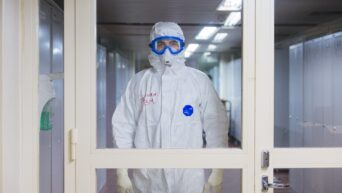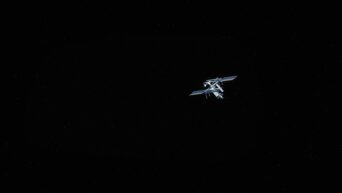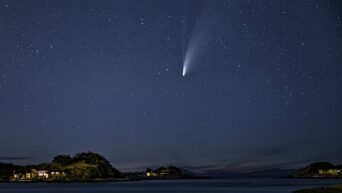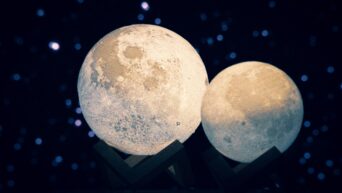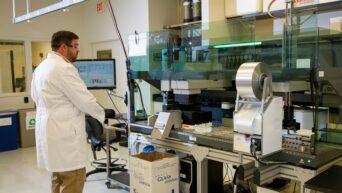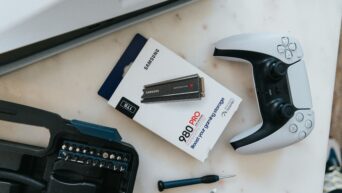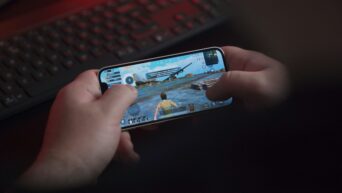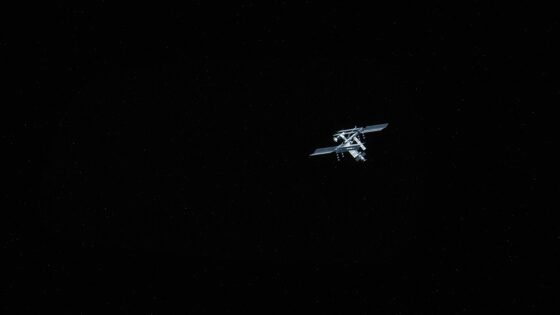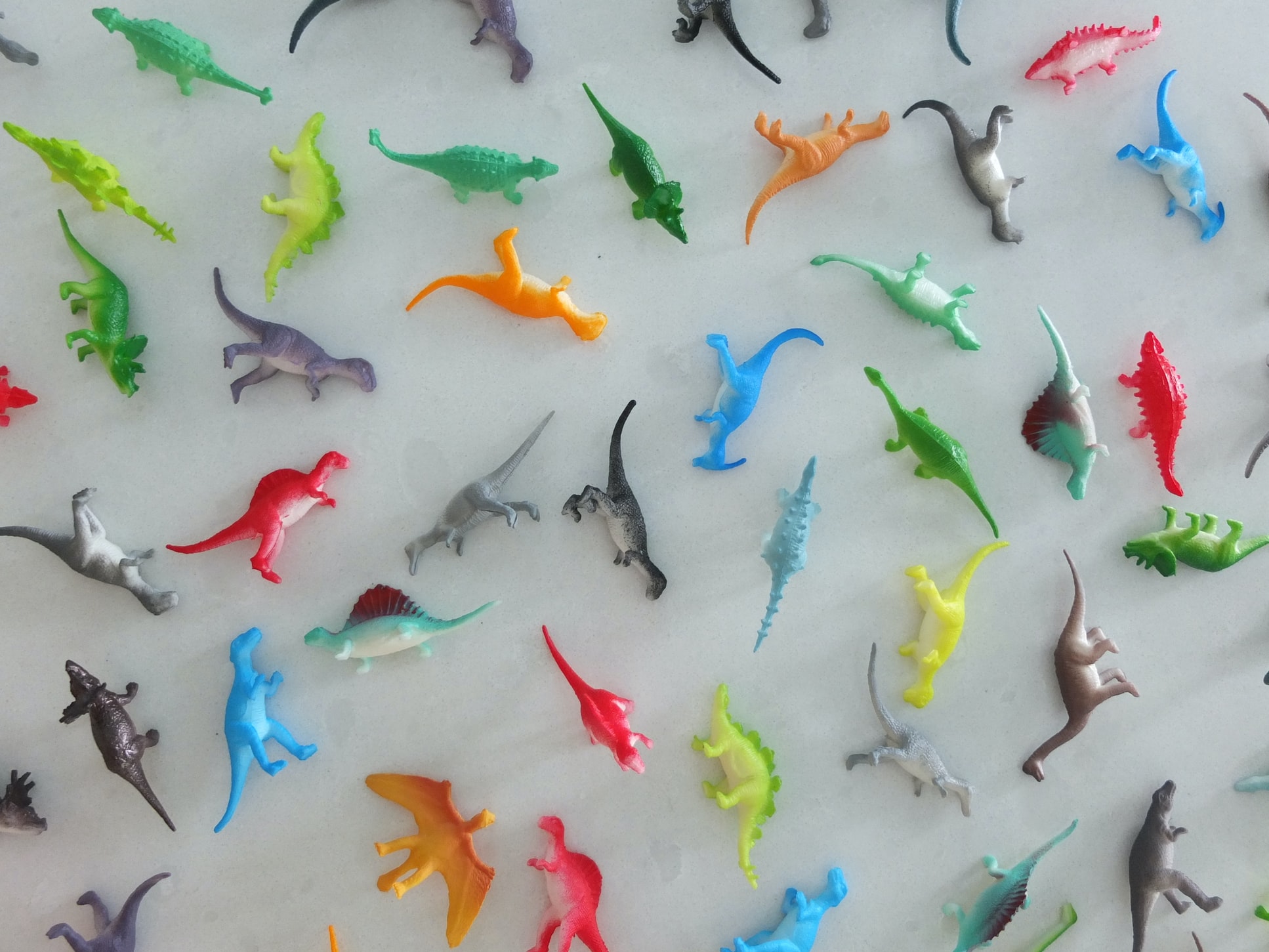
Credit: Unsplash
Those dinosaurs had quite the varied diet.
For as long as bugs have been around, they’ve had a tendency to get themselves stuck in a variety of interesting places. Lots of samples of ancient insects are still uncovered to this day encased in blobs of long-forgotten amber, hardened from tree sap. However, tree sap isn’t the only substance that’s remarkably good at weathering the test of time. After all, there were a lot of dinosaurs on the planet way back when, and chances are good that a few of them enjoyed eating bugs, if you catch my drift.
Paleontologists from Uppsala University, along with a tag-team of entomologists from National Sun Yat-sen University, Friedrich-Schiller-Universität Jena, and Universidad de Guadalajara, have uncovered what is believed to be a previously unknown species of beetle. As for where the beetle was found, well… it was in a lump of fossilized dinosaur poop. Science is gross sometimes, what can you do? The fossilized doody, or “coprolite” to use the scientific term, contained several nearly-complete samples of the mysterious insect, now named Triamyxa coprolithica. Using the fossilized bodies, legs, and antenna found in the sample, the team was able to recreate the beetle’s body using 3D imaging.
The researchers believe the waste was produced by a Silesaurus opolensis, a quadrupedal dinosaur from the Late Triassic period, around 230 million years ago.
The dung of a dinosaur-like animal that lived more than 200 million years ago springs a surprise: a new insect species. https://t.co/2CQXpqgWi0
— nature (@Nature) June 30, 2021
“We were absolutely amazed by the abundance and fantastic preservation of the beetles in the coprolite fragment. In a way, we must really thank Silesaurus, which likely was the animal that helped us accumulating them,” says Martin Qvarnström, researcher at Uppsala University and one of the report’s co-authors.
“I never thought that we would be able to find out what the Triassic precursor of the dinosaurs ate for dinner,” says Grzegorz Niedzwiedzki, paleontologist at Uppsala University and another one of the co-authors.












